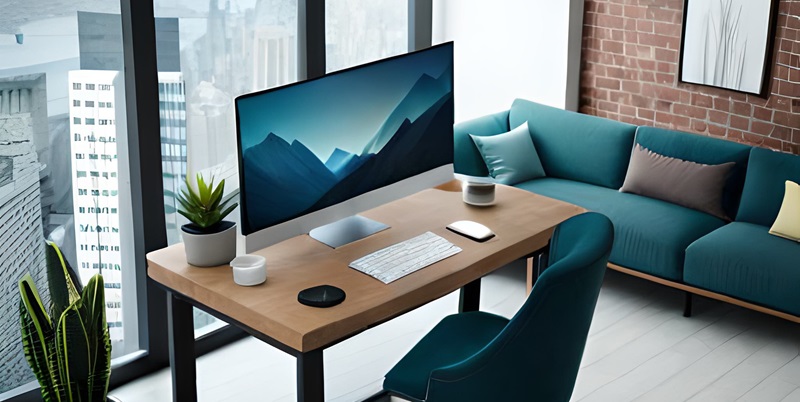The contemporary office landscape is continually transforming, and among its trends is the open floor plan, admired for promoting interaction and collective effort among employees. Yet, this design is not without drawbacks, as workers encounter frequent interruptions and a shortfall in personal space, adversely affecting their focus and overall work efficiency. The quest then becomes to forge hybrid work environments that strike a delicate balance between the need for open, communal areas and the equally vital requirement for quiet, secluded spots conducive to solitary, concentrated work. This balance aims to preserve the benefits of collaborative spaces while addressing the need for areas where employees can retreat for focused tasks, thus optimizing both teamwork and individual productivity within the workplace. Such hybrid spaces are essential in ensuring that the ever-changing needs of a diverse workforce are met, allowing for both interactive projects and independent work to thrive in conjunction.
The Pursuit of Hybrid Workspaces
Open-plan environments are lauded for their collaborative atmosphere, allowing for quick exchanges of ideas and fostering a community among colleagues. The challenge, however, is maintaining this open dialogue without sacrificing individual space. Hybrid workspaces strive to offer the best of both worlds, integrating open areas for teamwork alongside secluded spots for private work. This approach acknowledges the diverse nature of work—some tasks require the dynamism of a team, while others demand the focus that only solitude can provide. Achieving this delicate balance necessitates thoughtful design and an understanding of the workflows that drive an organization.
Hybrid workspaces do not imply a one-size-fits-all solution; instead, they adapt to the fluidity of modern work life. Flexibility is key, with spaces that can be transformed based on current needs. For example, movable partitions can be deployed to create temporary private areas within an open space. This ensures that while the space retains its open character, there’s also room for privacy when needed. Adaptable furniture, such as standing desks and ergonomic chairs, further contributes to this flexibility, allowing employees to choose their preferred work style.
Addressing Noise and Distractions
Open workspaces can pose challenges with noise and distractions. To combat this, hybrid environments introduce acoustical strategies to maintain focus. Sound-masking systems help by making conversations less distractingly clear. Using furniture, like bookshelves and plants, as natural dividers can absorb sound and create quieter areas.
Dedicated quiet zones, such as soundproof phone booths or breakout rooms, provide spaces for calls or concentration-intensive work. Noise-canceling headphones are another tool employees can use to isolate themselves from noise when necessary. These approaches help balance the benefits of open spaces with the privacy needs, leading to a productive and content workforce. The hybrid workspace model is about creating a space that caters to diverse work requirements, promoting both collaborative and individual work effectively.

